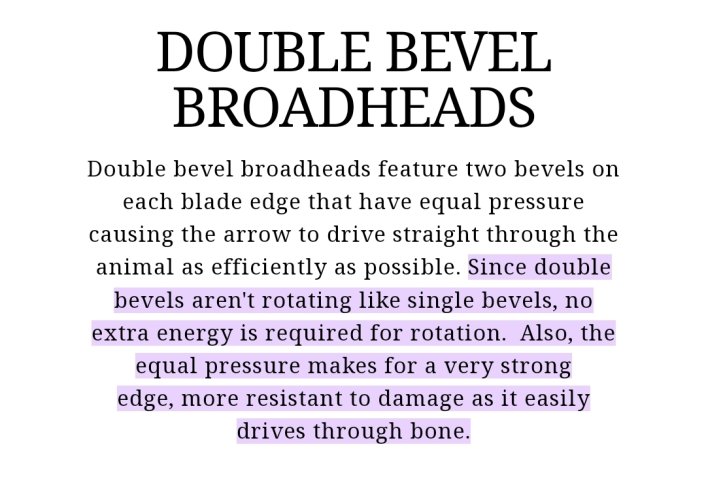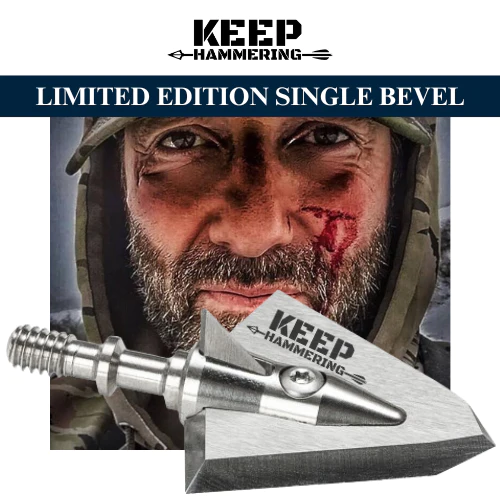T
ThunderNocked
Guest
@Fire_9 I was looking at some of the Bleeder models - several of the companies make them.
Iron Will and Kudu for sure.
Cutthroat also makes a 3 blade but it isn't single bevel - not sure if that is because of any particular reason or not.
Iron Will and Kudu for sure.
Cutthroat also makes a 3 blade but it isn't single bevel - not sure if that is because of any particular reason or not.






